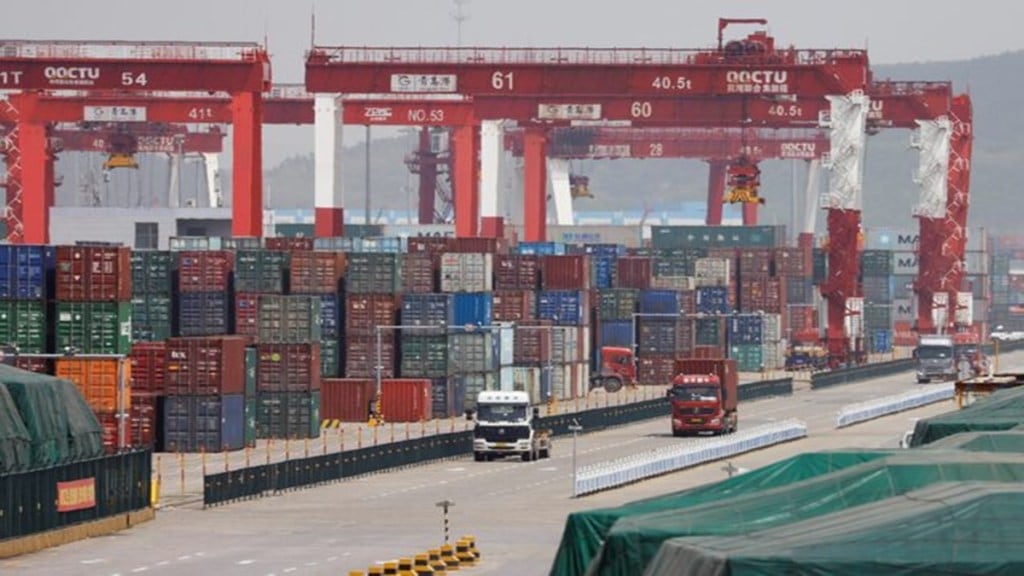The production linked incentive (PLI) scheme for the leather and footwear sector is in the draft Cabinet note stage, the government has informed the standing committee on commerce.
There have been discussions for some time to extend the scheme to the leather and footwear sector. The allocation for it will be around Rs 2,600 crore as per Budget documents.
The FY26 Budget also announced a focus product scheme for leather and footwear.
The scheme will also support design, capacity, component manufacturing and machinery required for production of non-leather quality footwear. It is expected to facilitate employment for 2.2 million persons, generate turnover of Rs 4 lakh crore and exports of over Rs 1.1 lakh crore.
The government is already implementing Footwear, Leather and Accessories Development
Programme and the Rs 1,700-crore Indian Footwear and Leather Development Programme (IFLDP) for the period of 2021-26 through Department for Promotion
of Industry and Internal Trade (DPIIT).
Along with leather, the extension of PLI scheme to include toys was also under discussion, but the government has told the committee that no action is ongoing or pending in this regard.
In lieu of PLI, the Budget announced a national action plan on toys to make India a global hub for toys. The scheme will focus on development of clusters, skills and the manufacturing ecosystem that will create high quality, unique, innovative and sustainable toys with the ‘Make in India’ brand, the DPIIT told the parliamentary panel.
While commending the PLI scheme for playing a crucial role in the area of manufacturing, the committee has recommended expansion of the same in defence manufacturing, aerospace and ship containers.
The PLI scheme, introduced in 2020 and expanded in subsequent years, now covers 14 sectors. There has been demand from various sectors for inclusion in the scheme that has an outlay of Rs 1.97 lakh crore. Since its inception, only Rs 14,020 crore of incentives have so far been disbursed to units in 10 sectors.
The government expects disbursements to pick up in a big way in the coming year as more eligible units begin production.
“Projects are implemented over a two-three-year period, depending on the nature of manufacturing. Claims are usually made after the first year of production. Most of the projects are at the implementation stage and will be filing incentive claims in due course,” the ministry of commerce and industry said in a statement on Saturday.

